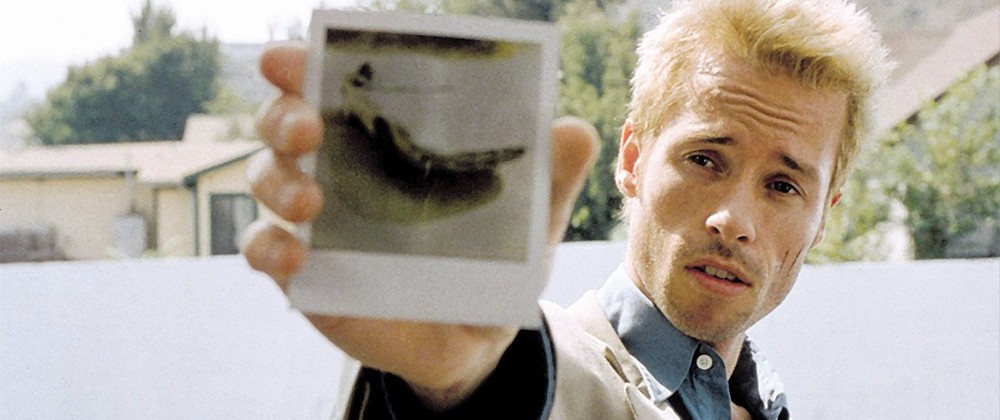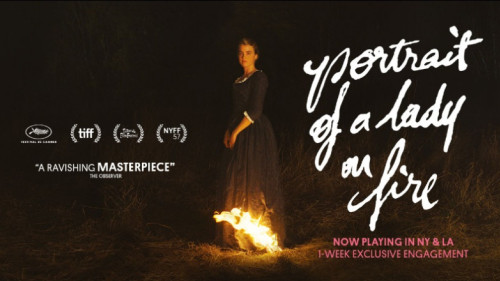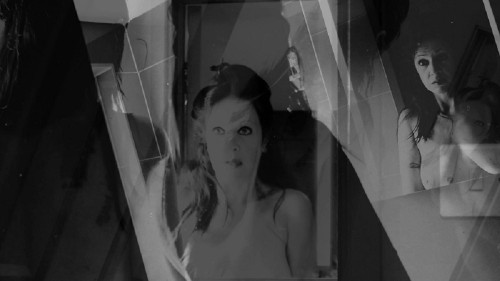Volume 22, Issue 10 / October 2018
The Art of Screenwriting
In this issue
-

A Continuation of the History of American Screenwriting 2000-2018, Part I
Little Films
-
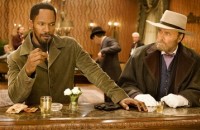
A Continuation of the History of American Screenwriting 2000-2018, Part II
Big Films
-

A Continuation of the History of American Screenwriting 2000-2018, Part III
The Return of the Studio System
-
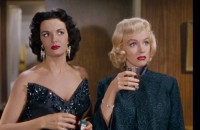
When Women Wrote Hollywood: Essays on Female Screenwriters in the Early Film Industry
-

Transcultural Screenwriting. Telling Stories for a Global World
For this special issue on the art of the screenplay Offscreen is at the service of the two contributors who have proven themselves in this field with years of research and fieldwork, some of it appearing here over the years, Tom Stempel and Elaine Lennon. In 1988 Tom Stempel authored the first book length study of the American screenplay, FrameWork: A History of Screenwriting in the American Film, which has gone on to become a standard in the field of screenwriting analysis. Two new editions followed in 1991 and 2000. When Stempel suggested the time was right for a 4th edition, the publishers of the third edition, Syracuse University Publishing, were initially enthusiastic, but pragmatics and economics over-ruled and they declined a fourth edition. Offscreen was more than glad to step in and provide the space for what would have ostensibly been the ‘revised’ parts of the fourth edition, and is proud to give Offscreen readers the chance to read Stempel’s informed analysis of what has transpired in screenwriting since 2000, in his three-part essay, “A Continuation of the History of American Screenwriting 2000-2018, Part I-Part III. As Stempel outlines in the introduction, these changes are broken down into three parts charting recent developments in American Screenwriting. In the first part Stempel groups together some of the shining lights of American Indie cinema, filmmakers working on the perimeters or beyond of Big Hollywood, but still recognizable. From older director-writers John Sayles and Woody Allen to younger turks Richard Linklater, Charlie Kaufman, Noah Baumbach, Wes Anderson, Alexander Payne, Paul T. Anderson, and even younger yet, Sofia Coppola and Diablo Cody. In the second part of this three-parter Stempel charts the growth (or decline) of the ‘big players’, looking at the screenplay work of Quentin Tarantino, Christopher Nolan, Steven Spielberg, Clint Eastwood, J.J. Abrams, Norah Ephron, Nancy Meyers, and the cross-over between theatre, TV and film. And in the third part, Stempel concentrates on a newish conception of “studios” with a focus on the many fantasy, animation and science-fiction worlds which have dominated mainstream cinema: Disney, Pixar, Lucasfilm, DC, and Marvel. For the final two articles, Elaine Lennon reviews two recent entries in the field of screenplay studies. With the first Lennon reminds us of just how prominent women were in Hollywood during the formative early silent days, with her review of a scholarly compendium of essays on silent and early sound era female screenwriters, When Women Wrote Hollywood: Essays on Female Screenwriters in the Early Film Industry. As other scholars have shown, women were prominent in many creative and in some cases technical positions (like hand-drawn painting for early color film, editing), and lost out to men when the industry became more stabilized and industrialized. Lennon picks out some important screenwriters who worked with the best directors and helped create some of the best films of early cinema. The stellar cast of great screenwriters includes Anita Loos (1888-1981), Lillian Hellman (1905-1984), Dorothy Parker (1893-1967), Elinor Glyn (1864-1943), Louis Weber (1879-1939), and Ruth Gordon (1896-1985). Lennon takes on a second book on screenwriting, this one focusing on the sometimes thorny matter of writing to maximize the cultural plurality of co-productions in the age of globalisation, Transcultural Screenwriting: Telling Stories for a Global World. How is the screenwriter’s identity and national voice heard across the din of big budget co-productions? How does a writer manage to balance cultural specificity with universalism? What happens when something is culturally “untranslatable”? With economic globalisation here to stay, and film co-productions on the big screen and television growing, such questions, treated in this timely book, will continue to be relevant in the future (Donato Totaro, ed.).

